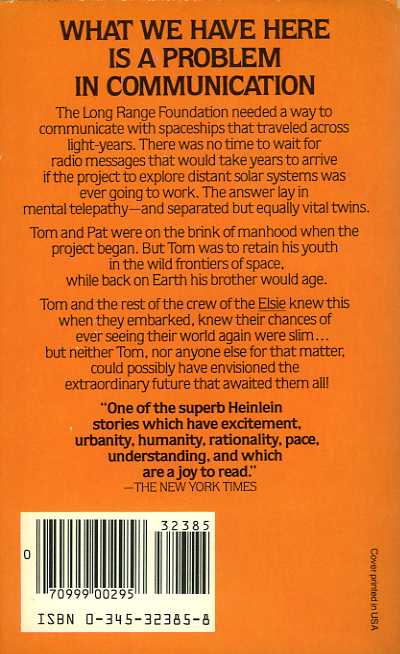The main problem with sending interstellar messages is that with the distance traveled, their power gradually decreases due to gradual scattering ( diffraction). Imagine that you threw a stone into the quiet surface of a lake: from the source stone, circles started to go in all directions, but the further they diverge, the less noticeable they become. The same thing happens with radio waves: if you calculate approximately, then twice the distance from the communication source will reduce the power of radio waves by four times. As you can see, detecting such radio waves at a distance of several hundred light-years from Earth will be a difficult task for space civilizations.
In his 2011 article "Interstellar radio communications enhanced by using the Sun as a Gravitational Lens" (Interstellar radio links enhanced by exploiting the Sun as a Gravitational Lens) in the journal Acta Astronautica, Claudio Maccone provides calculations of the traditional radio channel between the Solar system and alpha Centauri A.
They are disappointing: when transmitting a 40-watt signal from Earth using a giant 70-meter antenna of the NASA DSN (Deep Space Network) system, which has a gain of 84 dB (that is, amplifying the signal power in the main direction by more than 100 million times), at a frequency of 32 GHz (Ka-band, this is what the Cassini probe uses) and a transmission speed of 32 kbit/s (such as the European Rosetta space probe has) and receiving using a 12-meter antenna (with a gain of 69 dB, that is, a little less than 10 million times) of the space probe in the alpha Centauri system And the frequency of occurrence of erroneous bits (bit error rate) is 0.49. This means that almost 50% of the transmitted information is lost, which makes the specified communication channel almost useless.
To solve this problem, according to Maccone, the mission's FOCAL (Fast Outgoing Cyclopean Astronomical Lens) probe, equipped with a radio transmitter and a 12-meter antenna, should be positioned on the "optical axis" of the lens (a straight line connecting the receiver and transmitter) in any place further than the nearest focus — 550 AU from the Sun. It is better to go further, because in this case the radio signal around the Sun will be less affected by interference from the solar corona.
In a transmission channel that uses a transmitting antenna located at the point of focus, another component is added — the Sun as a gravitational lens. The gain of this lens for the same Ka range is 70 dB (10 million times). This can dramatically change the situation, especially if you consider that the gravitational lens is not only the Sun, but also any other star, in particular alpha Centauri A. However, since its mass and diameter differ from the sun, its closest focus is located 750 AU from the star.
According to Maccone's calculations, using two FOCAL spacecraft with 12-meter antennas in the corresponding foci of the Sun and alpha Centauri A, you can achieve perfect success: by amplifying the two stars, you can reduce the frequency of erroneous bits to almost zero at a power of 0.1 mW (Yes, 0.1 milliwatts!).
The above data is correct for a communication channel with a speed of 32 kbit/s, but this channel is more than modest by modern standards. Maccone does not stop there and in his new article "galactic Internet made possible by star gravitational lensing" (galactic Internet made possible by star gravitational lensing, Acta Astronautica, 2013) provides calculations of the possible speed of broadband interstellar communication channels.
The results are impressive: for example, with an unlimited frequency band (and a power of less than 1 mW), the speed of information transmission over the radio bridge between the Sun and alpha Centauri A ( 4,.367 light — years ) is 210 Gbit/s, and between the Sun and Sirius A ( 8.,611 light-years) is 100 Gbit/s. Communication is also possible over longer distances: for example, between the Sun and a sun-like star in the center of our Galaxy ( located at a distance of 30 thousand light years), the data transfer rate will be, although small, but acceptable 5.4 kbit/s (although at a power of 1 kW). This is, of course, theoretical data, in practice it will not be so rosy, but it is still practically possible.

